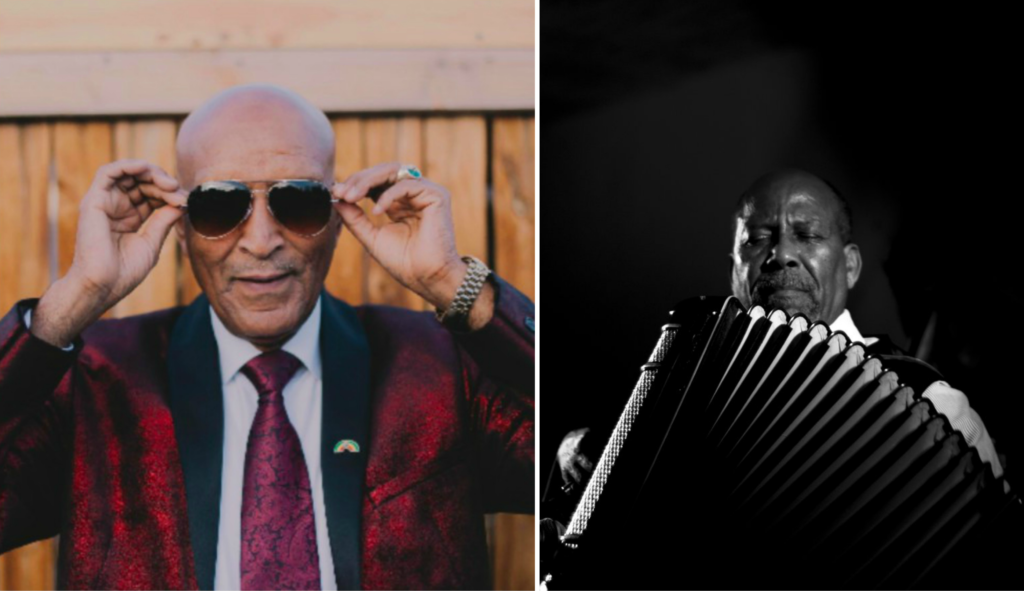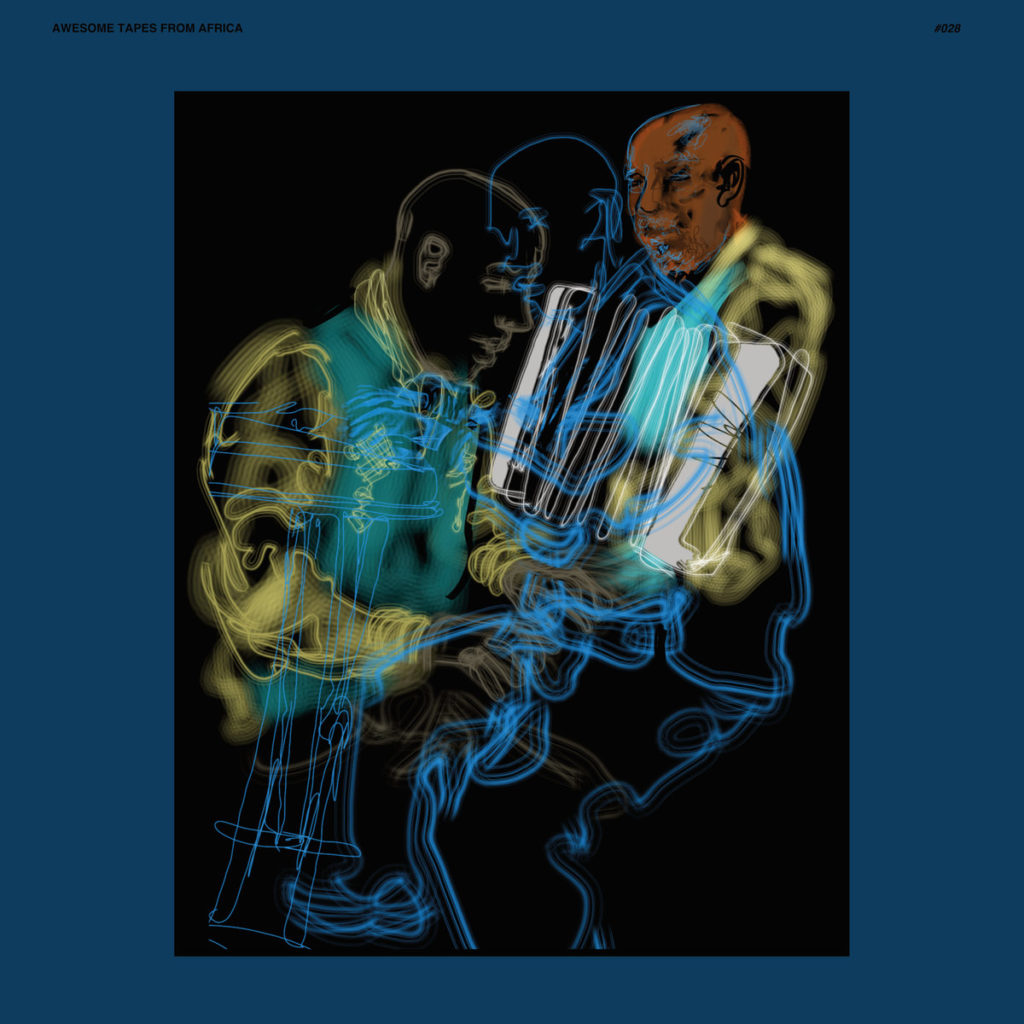
For many people outside of the Habesha community, their first experience with Ethiopian music came from the soundtrack of a Bill Murray movie. That movie, 2005’s Broken Flowers, concerns Murray’s character trying to make contact with an adult son of his who may or may not exist. In the movie, Murray’s character is helped on his journey by his neighbor, played by Jeffrey Wright, who not only plans out Murray’s quest, but maybe most importantly, provides him with a soundtrack in the form of a playlist on a burnt CD consisting mostly of the elegantly fidgety Ethiopian funk of vibraphonist and pianist Mulatu Astatke. The music, funky, with hard drum breaks, soil deep bass lines, hauntingly melancholic brass solos, steady keyboard vamps that break out into wistful sentiments, and the occasional reverb heavy wah wah guitar rejoinder, is an essential element in constructing the mood and emotional ambiance of the movie, so much so that the director, Jim Jarmusch, makes a point to show a large portrait of Mulatu Astatke in the home of Jeffrey Wright’s character.
“It was a revolutionary time for music in Ethiopia” says Hailu Mergia, a Ethiopian pianist and accordionist, describing the late 1960s and early 1970s in the Ethiopian capital of Addis Ababa during the time period that both he and Mulatu Astatke were making music. “Before the late 1960s, there weren’t too many nightclubs in Addis, but in the late ’60s, a lot more clubs started to open, and a lot of musicians started to come out to play,” Hailu goes on to say, “everybody was trying to play with a band. I call it the ‘Band Era.’’’
What Hailu is too humble to let on is that he and his band, Walias Band, were one of the innovators of that revolutionary time in Ethiopian music along with Mulatu Astatke, who played with the Walias Band off on in the ’70s. Combing the electric instrumentation and musical power of American soul and funk music, and the freedom of American jazz music, with the modes and melodies of traditional Ethiopian music, Hailu, and Walias Band created a sensation in Ethiopia in the early ’70s as the house band for the Addis Ababa Hilton Hotel, often playing all night jam sessions because of a police curfew that kept people locked indoors for a majority of the night until the following day.

But while a cultural revolution was happening in the clubs of Addis Ababa, an armed rebellion was happening throughout Ethiopia, a rebellion that eventually overthrew Emperor Haile Selassie, and installed the Derg, a Leninist military junta, into power in 1974. While the Derg tightened restrictions on freedom of expression and human rights in general in Ethiopia, Hailu and the Walias Band soldiered on, until, an opportunity to tour the United States with singer Mahmoud Ahmed presented itself in the early 1980’s. At the first stop in Washington D.C. Hailu remembers looking out into the crowd and seeing “Not too many Ethiopians then, because the community wasn’t as big as it now is, but the few that were around came to the show.” After the show, Hailu, and some of his band mates decided to end the band, and stay in D.C.
After working as a taxi cab driver in D.C. for years, attending Howard University to study music, and recording the beautiful afro-futuristic Hailu Mergia and His Classical Instrument in the mid ’80s, a record of solo synth, accordion, and drum machine renditions of Ethiopian songs, Hailu is set to release a new record of mostly acoustic piano and accordion music (with some Fender Rhodes, and other various synth accents) in March called Lala Belu. Recorded as a trio, with two non-Ethiopian musicians, Tony Buck on drums, and Mike Majkowski on bass, the album sees Hailu plunging further into American jazz music, while still maintaining a distinctive Ethiopian pentatonic sound. The album will also see Hailu playing his first show ever in Los Angeles, a city with one of the largest Ethiopian populations in the country. Read more here






.webp)














No comments:
Post a Comment